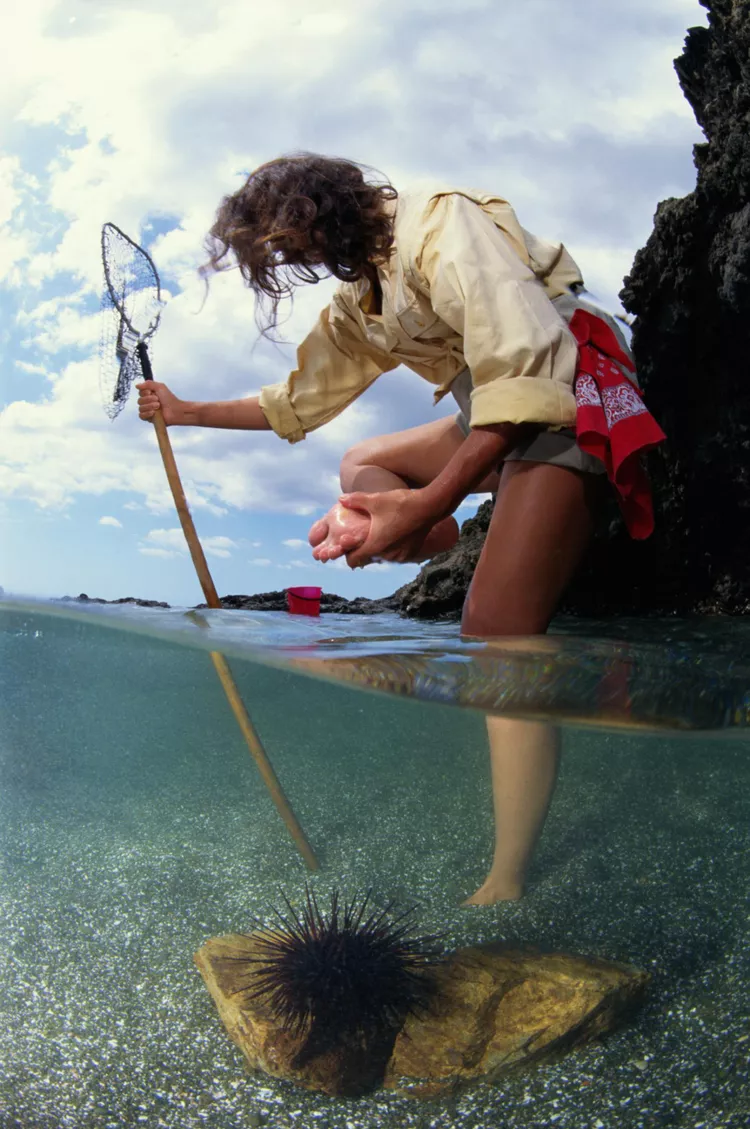Step-by-Step First Aid Tips for Surfers, Swimmers, and Beach-Goers
Warm water and craggy reef crevices make cozy homes for sea urchins. Their sharp thorn-like spines are designed to protect the urchins from predators; however, they can also pose a risk to surfers, scuba divers, and swimmers who may inadvertently come into contact with them.
Although these spines generally cause little harm apart from pain and potential infection, it is crucial to seek medical attention if you experience an allergic reaction, such as difficulty breathing.
Removing Sea Urchin Spines
Below are essential tips on how to safely remove sea urchin spines from your feet in the unfortunate event you become affected:
- Soak in hot water — Alleviate pain while softening the needles by immersing the affected area in hot water.
- Use tweezers — Carefully pick out as many pieces as possible using tweezers, a knife, or a needle. Exercise caution, as sea urchin spines may break off beneath the skin.
- Soak in vinegar — Contrary to popular myths, using urine is not effective for treating sea urchin spine injuries. Instead, opt for distilled white vinegar. Soak the affected area in pure vinegar; this will help dissolve the spines or bring them to the surface. Continue soaking until the spines are no longer present.
- Rinse with soap and water — After removing the spines, prevent infection by thoroughly rinsing the area with soap and clean water.
- Consult a doctor — If there are spines that remain lodged or are painful to extract, make an appointment with a healthcare professional who can assist with more specialized tools.
Why Sea Urchins Attack
It’s important to understand that sea urchins don’t actively attack humans; they are not aggressive and tend to be slow-moving. Encounters typically occur by accident, leading to unintentional brushes with these creatures.
The spines of sea urchins serve as a defense mechanism against perceived threats. Numerous species of sea urchins exist, each with varying spine sharpness and length. Some spines contain venom, while others do not. Nevertheless, even non-venomous spines can inflict significant pain.
Moreover, certain sea urchin species possess additional defensive mechanisms, such as pedicellarines. These tiny claw-like structures can latch onto skin and inject a painful toxin.
Therefore, it is vital to take any brush with a sea urchin seriously. In addition to the risk of infection, a buildup of venom in your system can lead to more severe health issues. Uncommon but possible reactions include fainting, muscle spasms, and difficulty breathing. If left untreated, sufficient venom could have fatal consequences.




